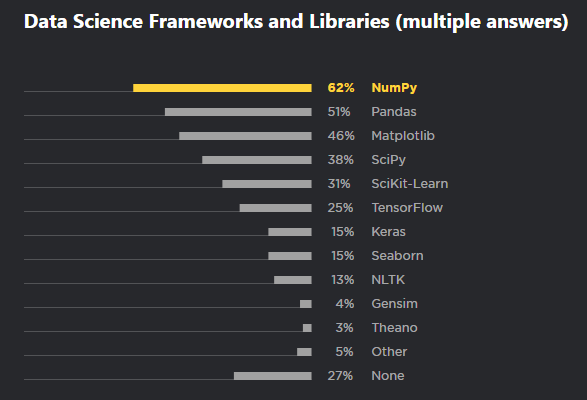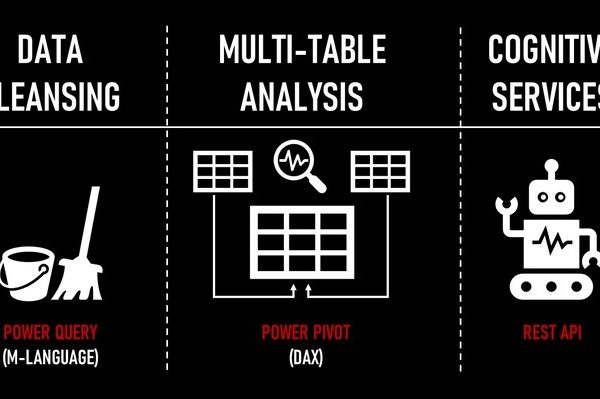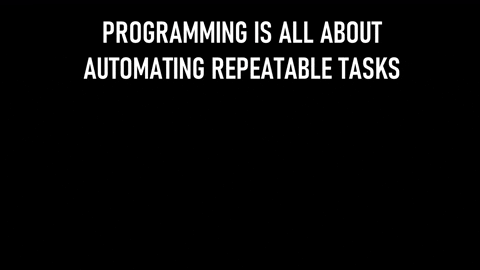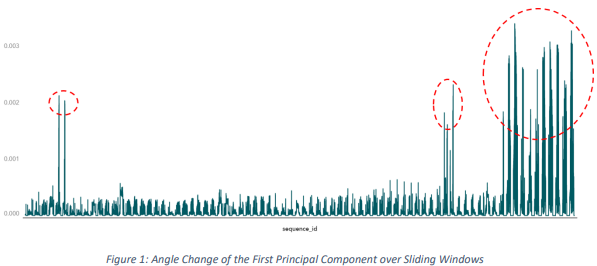How Can Python Help Solve Machine Learning Challenges?
Summary: Python’s open-source and high-level nature, as well as its comprehensive libraries, make it the perfect fit to solve the numerous real-life ML challenges. The increasing popularity and accessibility of Artificial Intelligence solutions is rapidly reshaping many industries, from healthcare through finance to aviation. Although the application of the latest technologies has always been an essential consideration for companies striving to get ahead of the curve, the ubiquity of AI means that it’s becoming the core of many operations. But […]
Read more



